Time is flying when you're busy and I almost forgot I have a bunch of photos from Fagaraș, when we visited the citadel at the beginning of September. So today I'd like to invite you to come with me and visit the museum of the citadel.
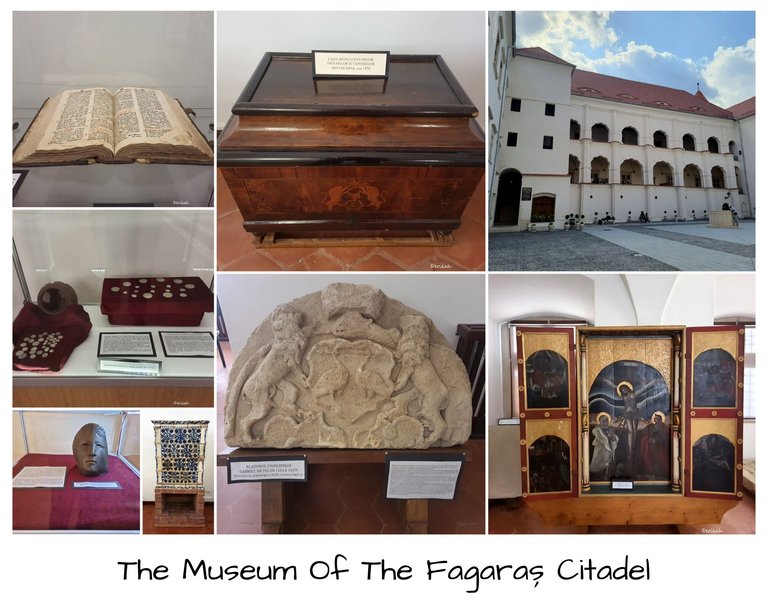
The citadel is situated in the heart of the town with the same name and dates back to the 14th century. You can read the history of this impressive medieval construction here.
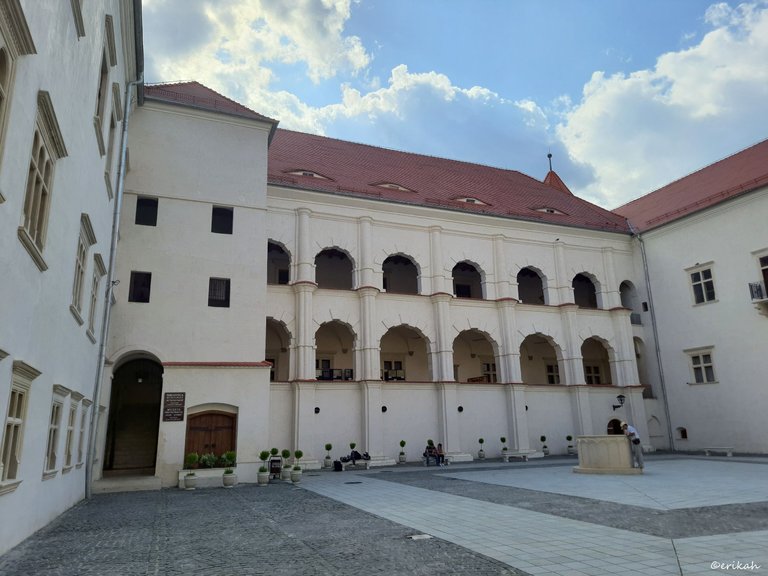
The citadel had some permanent exhibitions, that were part of the castle's history and some temporary ones, that were related to Romanian culture and tradition and there was one art exhibition as well, I posted about that already.
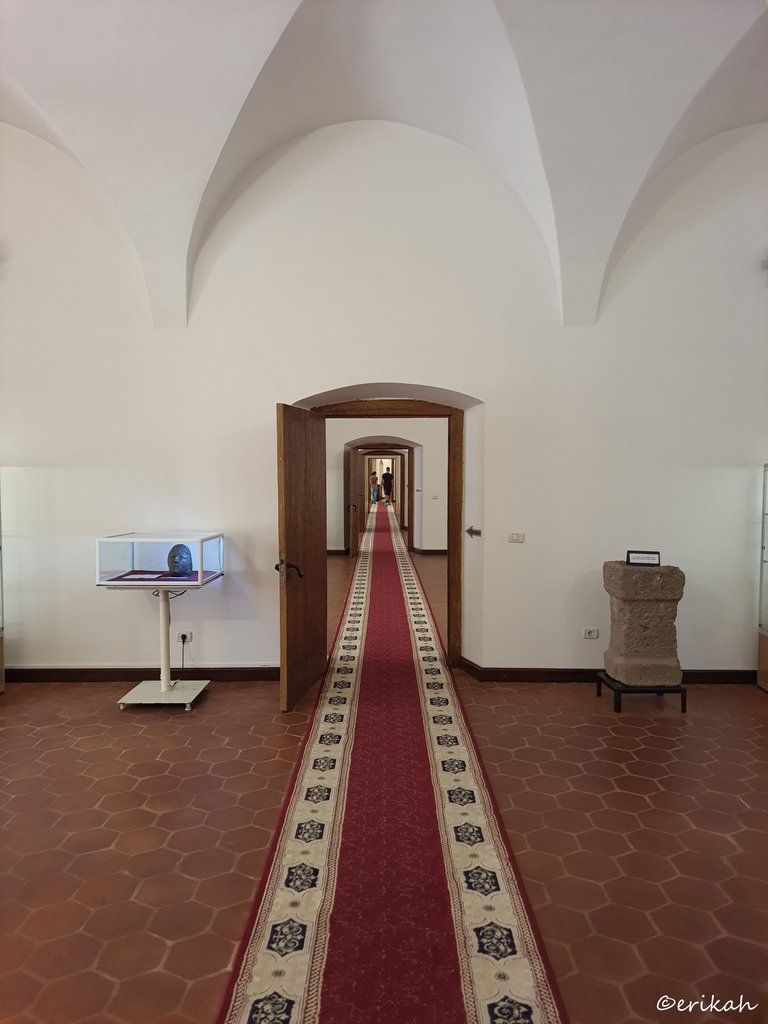
This was the first room and when I saw it, gave me Versailles vibes, although the two structures can't really be compared. What makes them somewhat similar is the way these rooms are built. These rooms don't have separate entrances or exits, you go from room to room if you want to exit. Doors are aligned all. It may look extremely inconvenient today but imagine, the citadel was inhabited by nobles and they inhabited the whole citadel. Servants had to be invisible and were accommodated in different buildings.
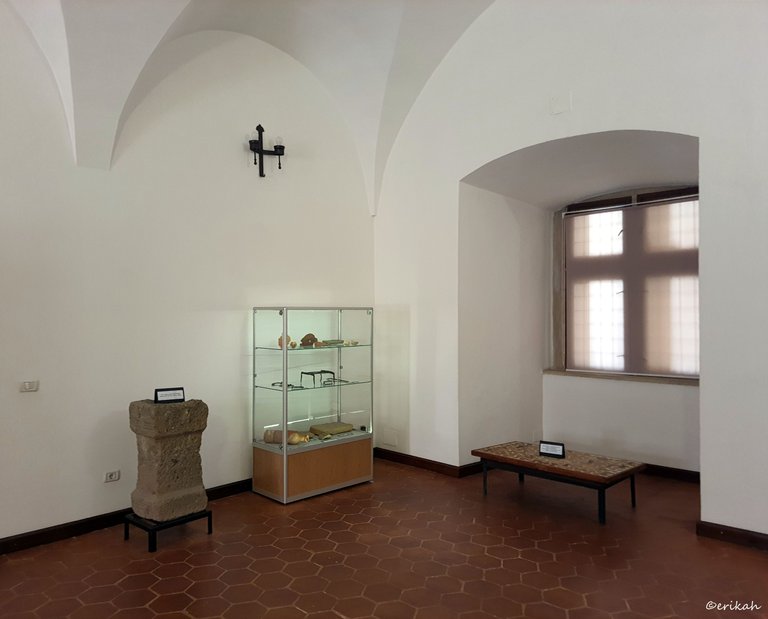
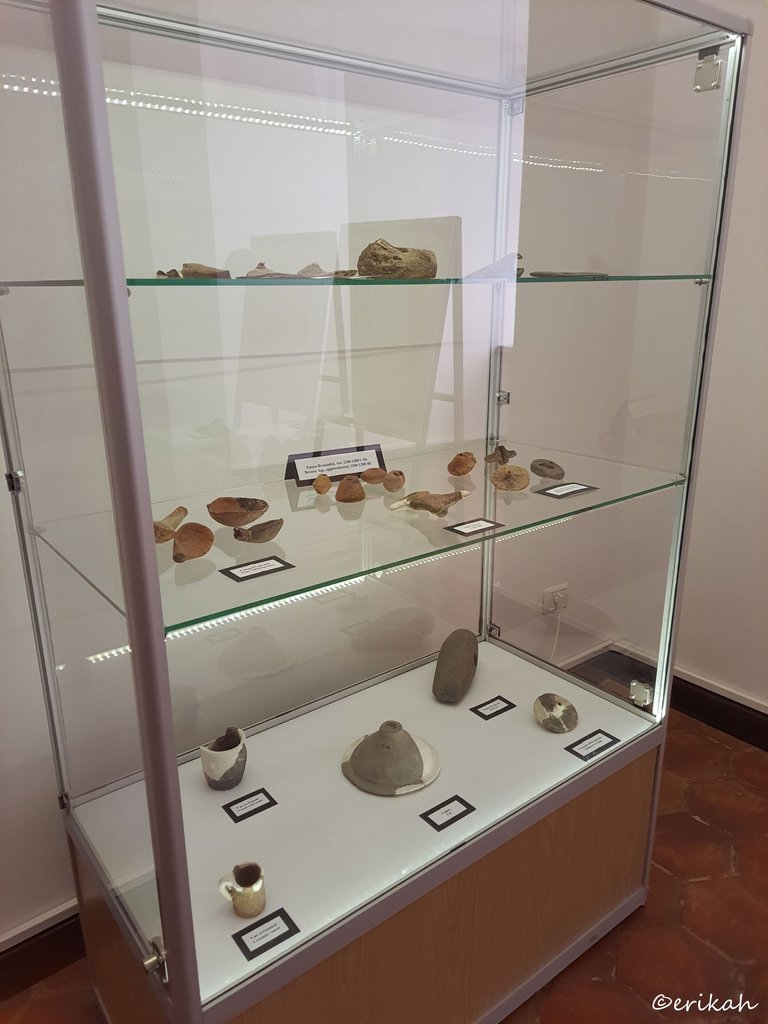
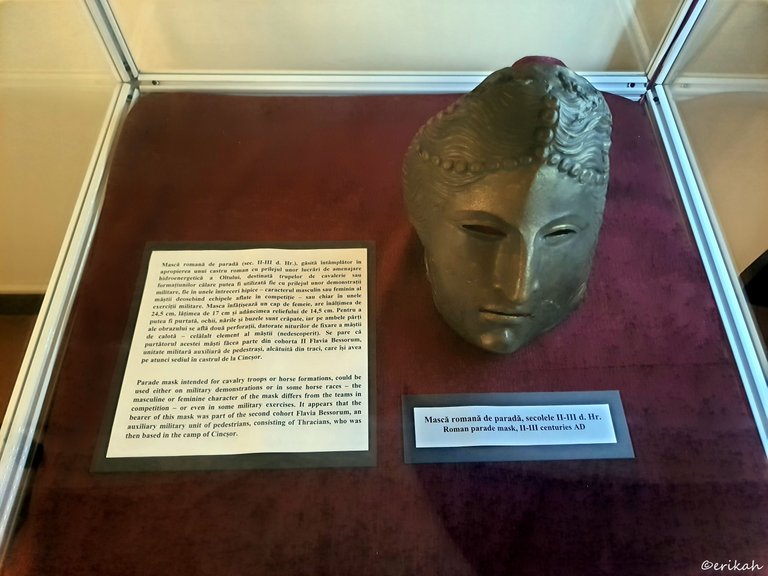
As expected, the exhibited objects were objects from ancient times, discovered more or less accidentally. These objects are testimony of the past as documents don't last that long and I bet most of the manuscripts did not survive. This is a Roman parade mask from the 2nd - 3rd centuries AD.
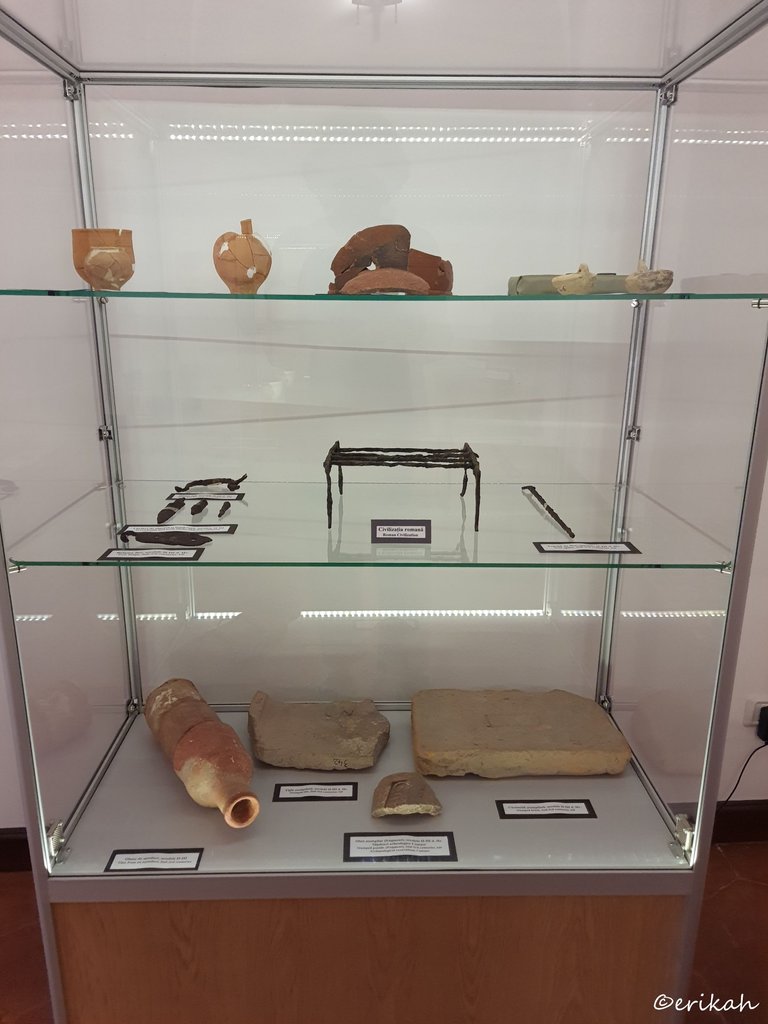
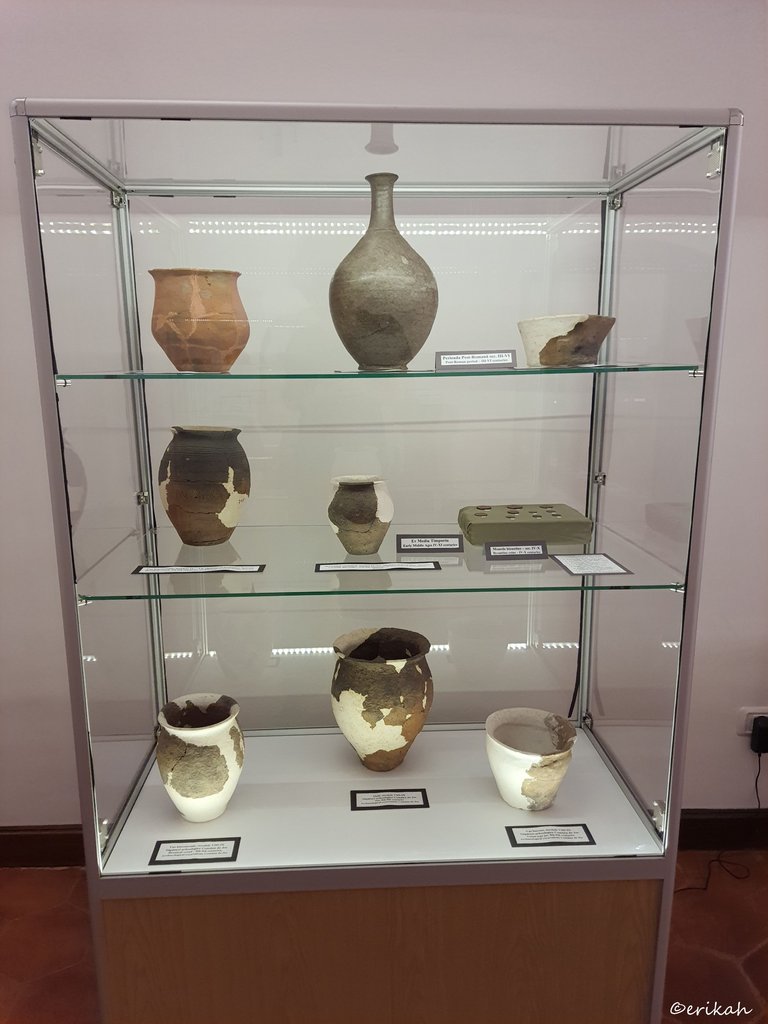
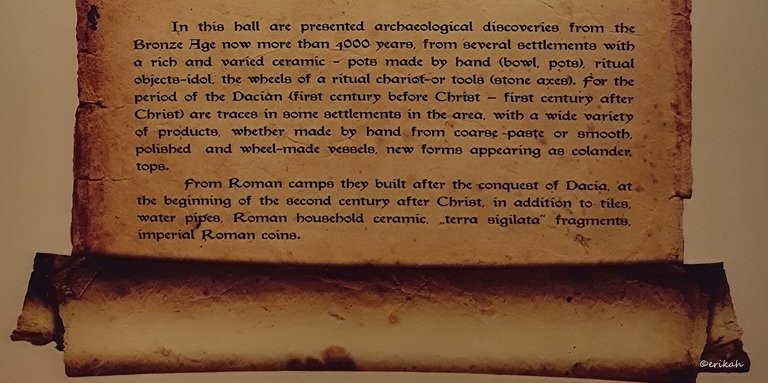
Looking at these objects gives you an idea how life had been back in those times and maybe you can appreciate what you have today, even more.
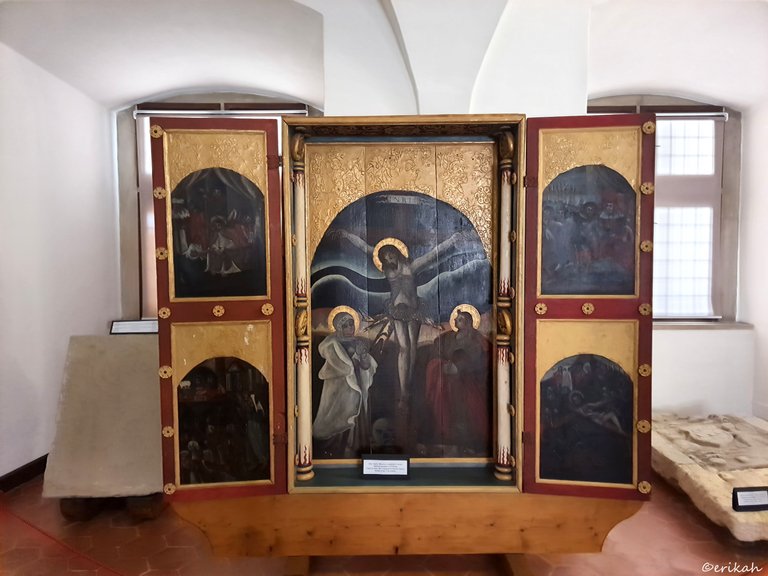
This is a triptych altar from the Evangelical Church of Cinșor, from the middle of the 17th century.
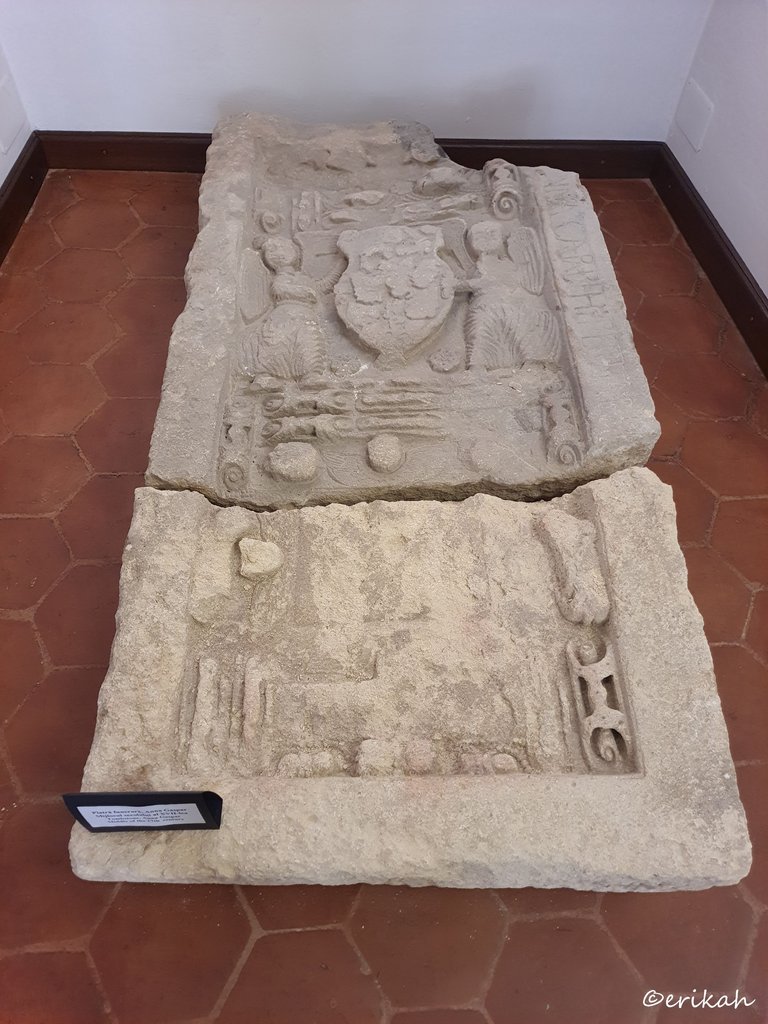
Tombstone from the middle of the 17th century, belonging to Anna Gaspar. Even if it's broken, stones are forever.
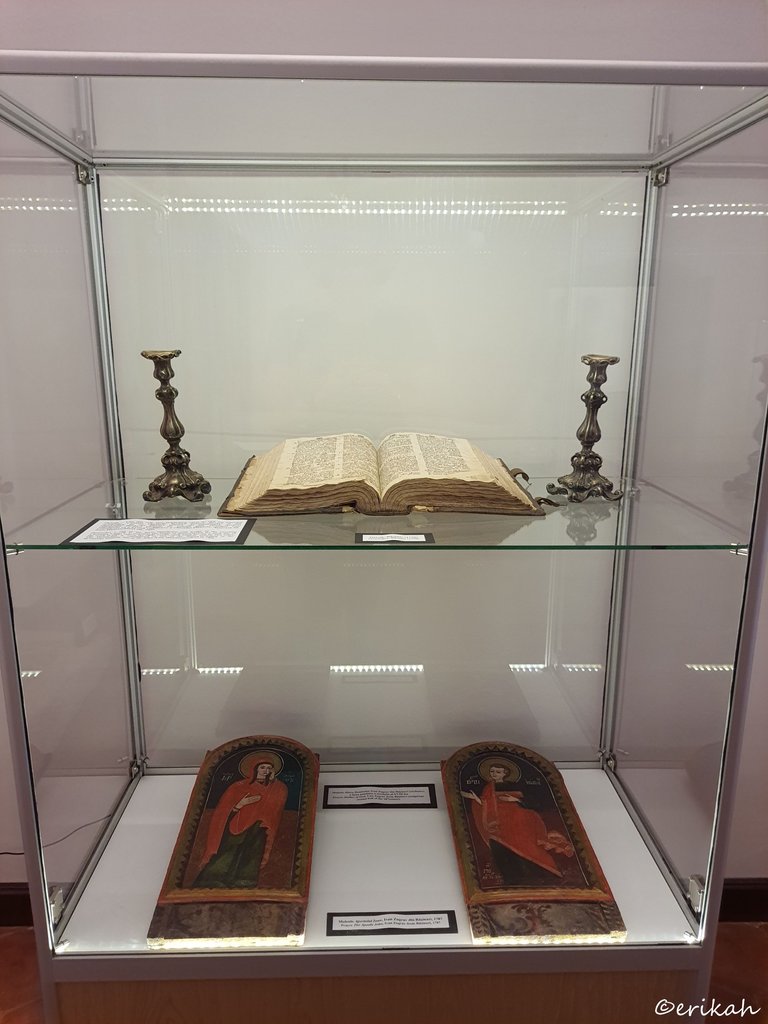
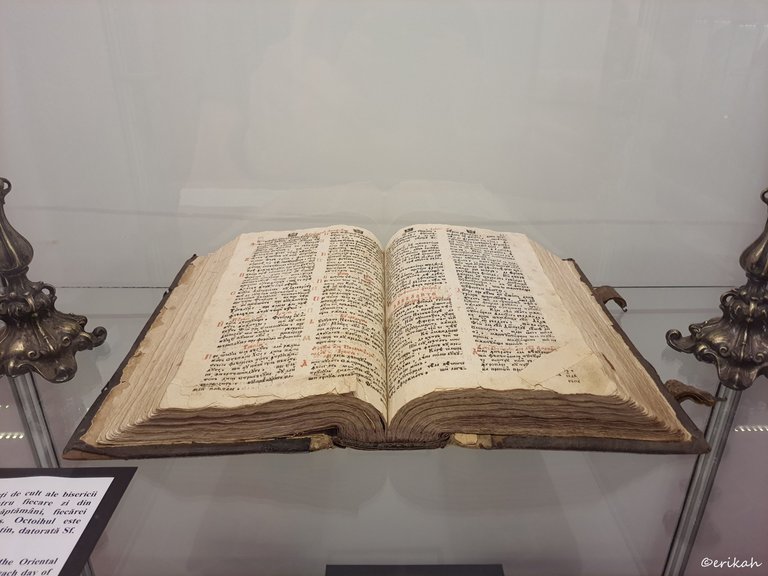
Octoechos - one of the most significant cult books of the Oriental Christian Church. I've always loved old books, the older, the better. These however are off limits for the public, always under glass as paper can break easily. Imagine those times when these books were hand written and only available for a selected few, because the rest could not read. I can't really figure out if this was hand written, most likely was printed with those early printing techniques.
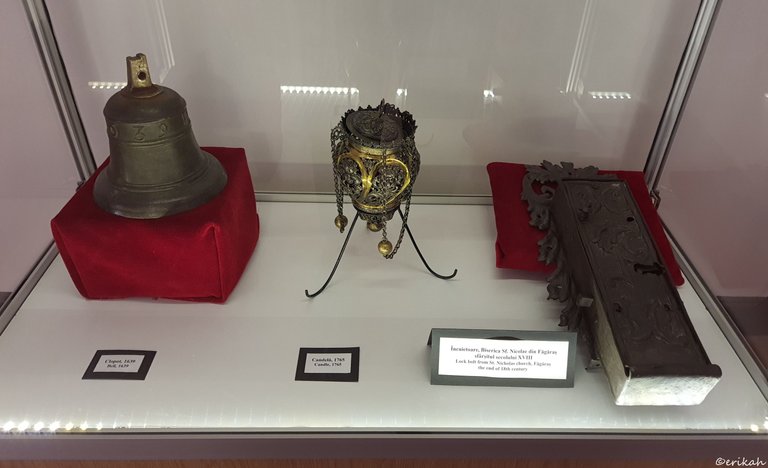
A bell from 1639, a candle holder from 1765 and a lock from the 18th century.
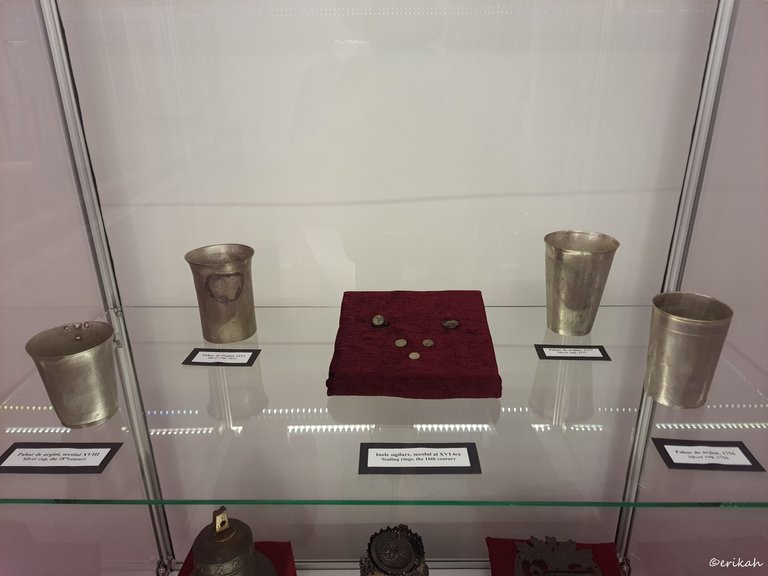
Silver cups from the 17th - 18th century, belonging to the upper class, nobles, as the poor only had ceramics or wooden cups. God thing I don't have to use a silver cup today :)
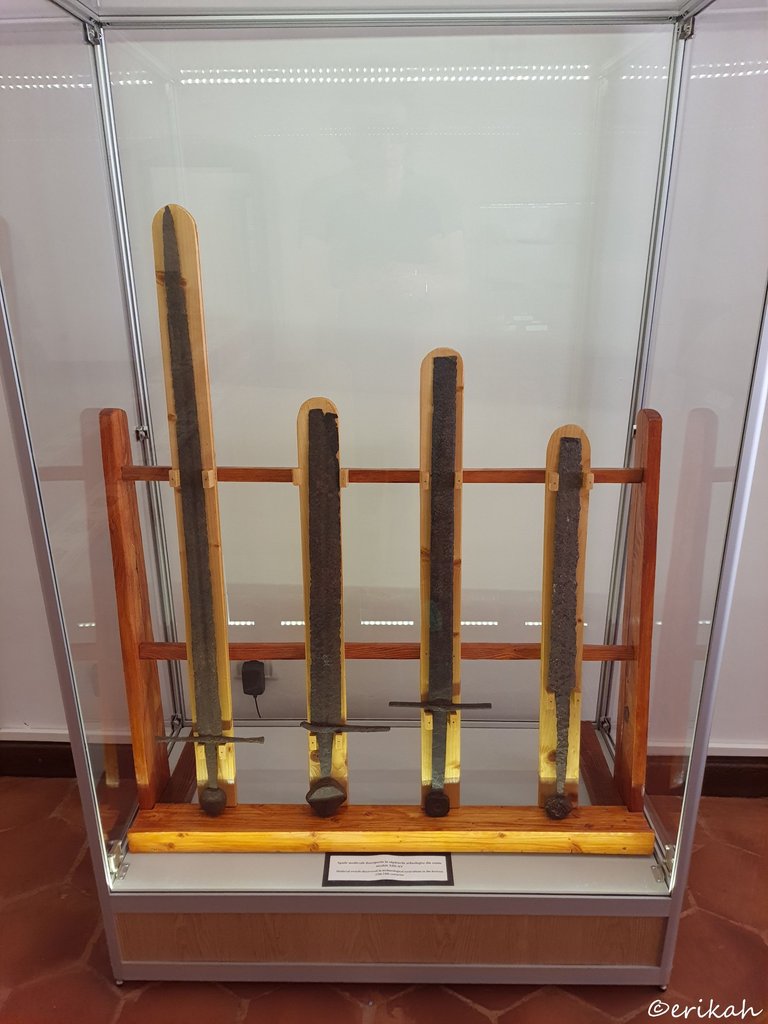
Medieval swords discovered during archeological excavations in the fortress, dating back to 13th - 14th century. Modern weapons are not lightweight either, but these ... you needed proper training and a lot of strength to handle these and fight for your life.
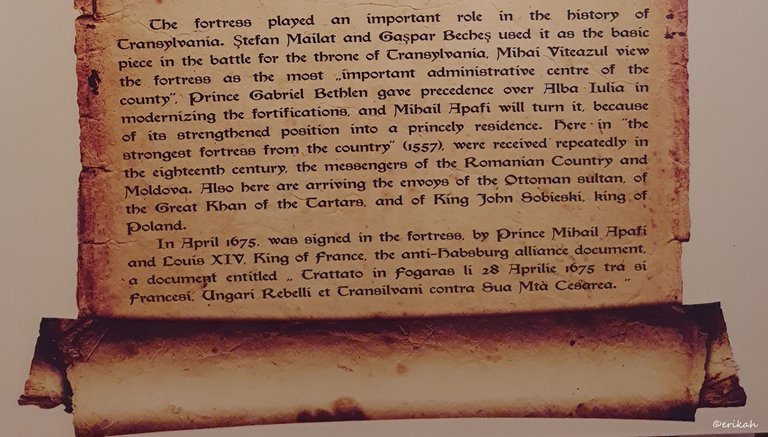
A snippet of the fortress's history.
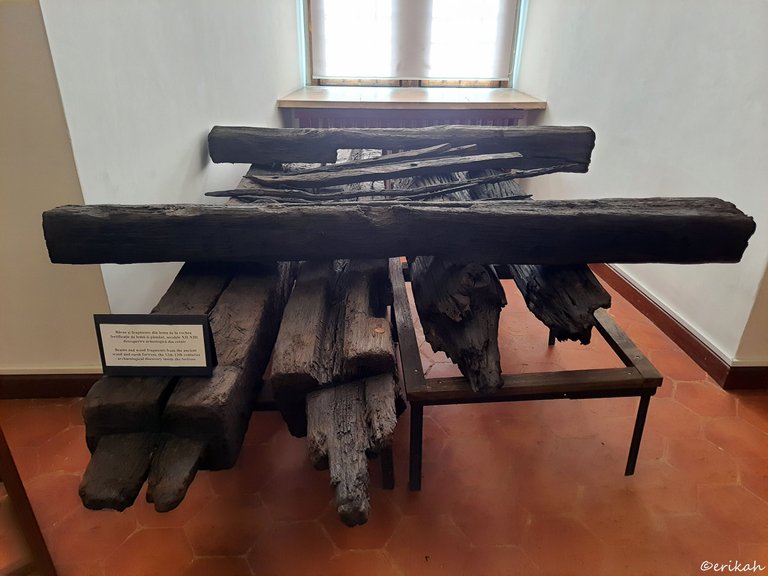
What may seem to you like a bunch of old wood, is in fact beams and wood fragments from the ancient wood and earth fortress from the 12th - 13th century, before the current fortress was built. Do the math, how old these beams are. Back then wood was the primary building material, along with stone.
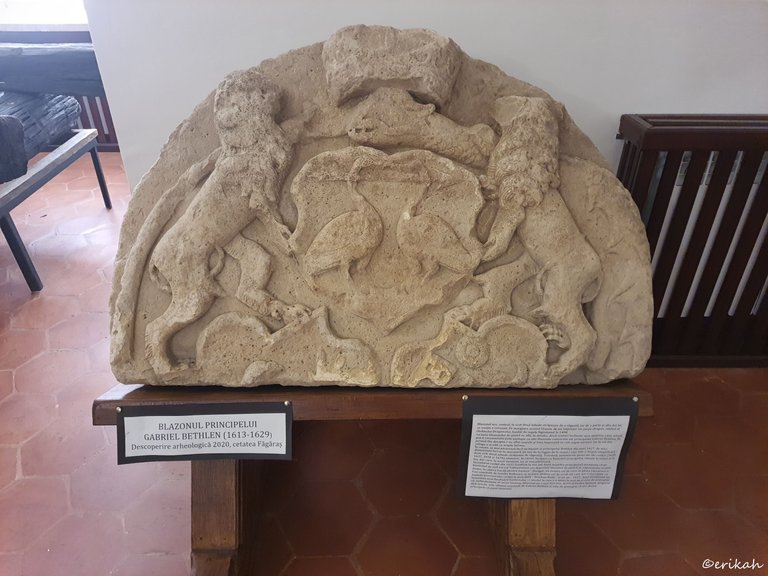
Coat of arms of Prince Gábor Bethlen (1613 - 1629)
This stone was discovered in 2020, during some of the renovation works. Knowing my country's history, it's a true miracle some of these artifacts survived. These are testimony of the past and we can consider ourselves lucky to have this much as the mass destruction that happened during communism left us without a lot of valuable buildings and artifacts.
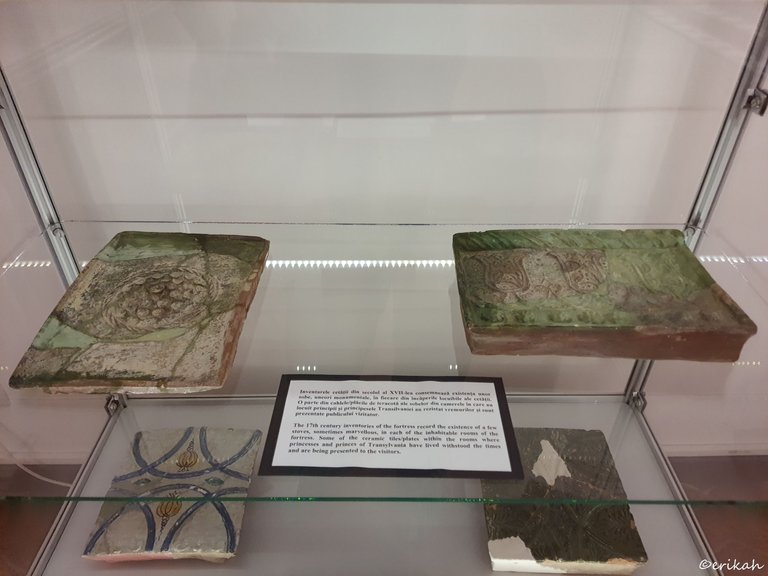
Castles, fortresses had inventories, some of which survived till today. According to the fortress's inventory, there were a few stoves in those rooms that were inhabited and these tiles are the remains of those stoves. I've seen a few stoves from those times in some other areas of the country and can assure you, those were real works of art. Ceramic tiles were always very decorative.
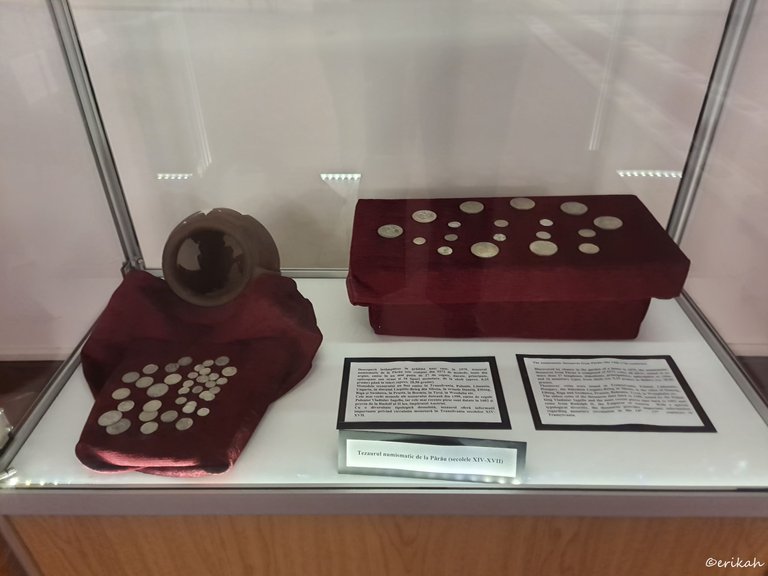
Most likely it's safe to say the most common objects found at any archeological excavations are coins. These are from the 14th - 17th century.
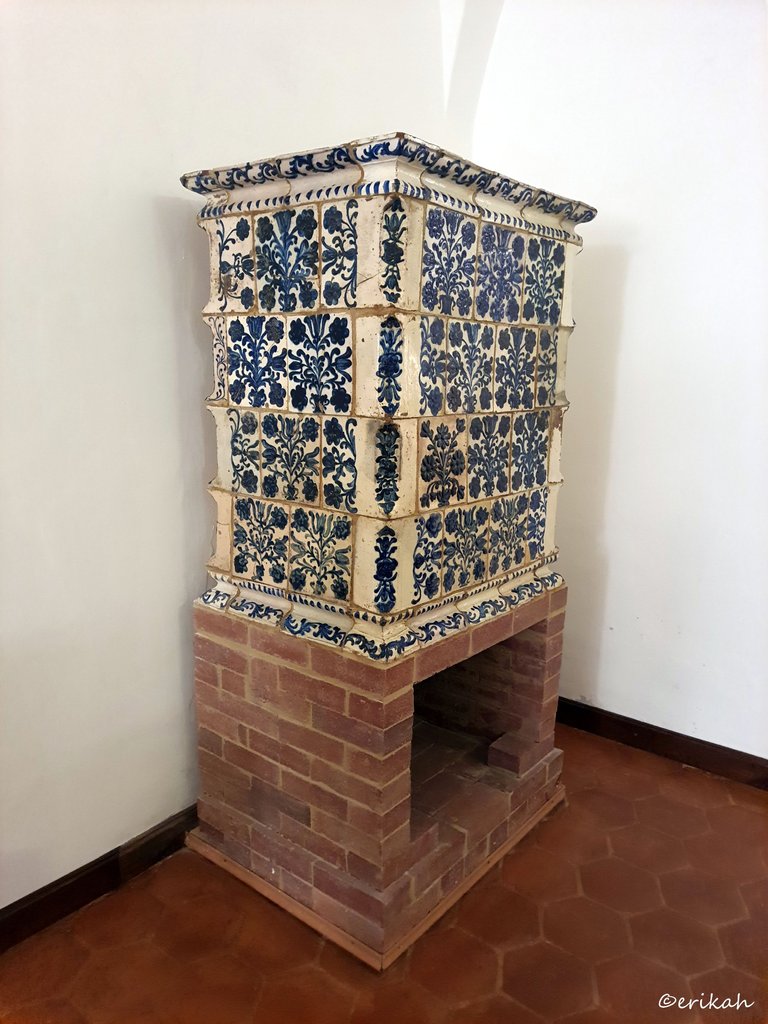
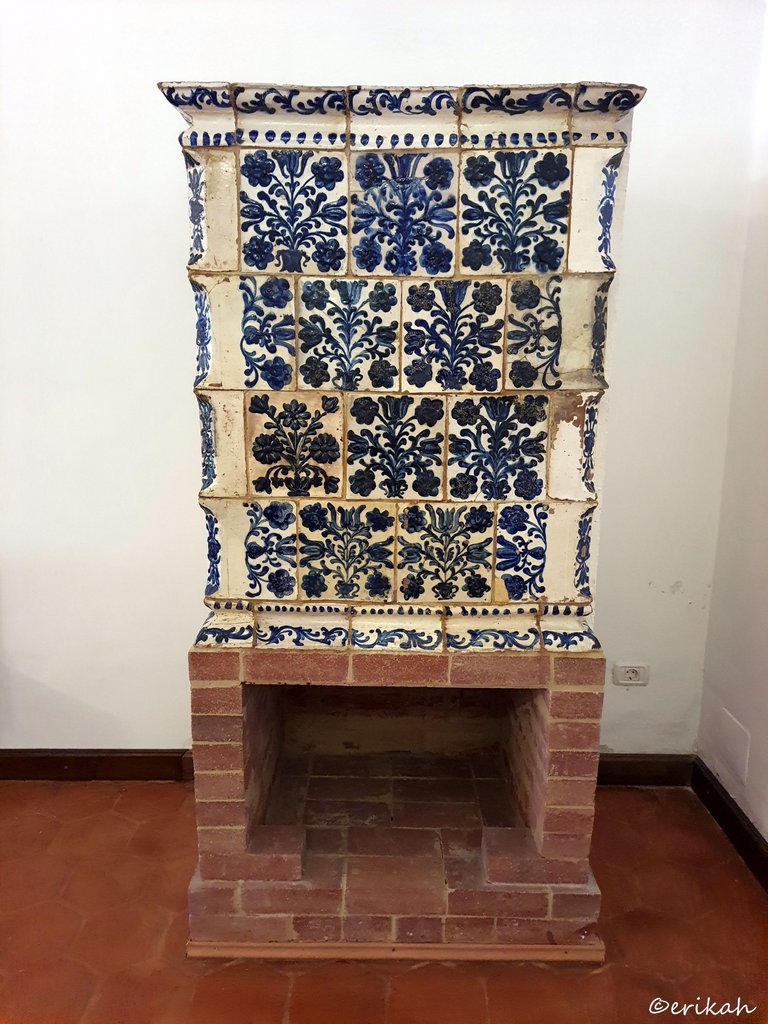
What was I saying about those beautiful stoves? Look at this one. You could consider these part of the furniture. I'm not really a fan of heating with stoves, but would be happy to have one in my (imaginary for now) Alpine home, just as decoration.
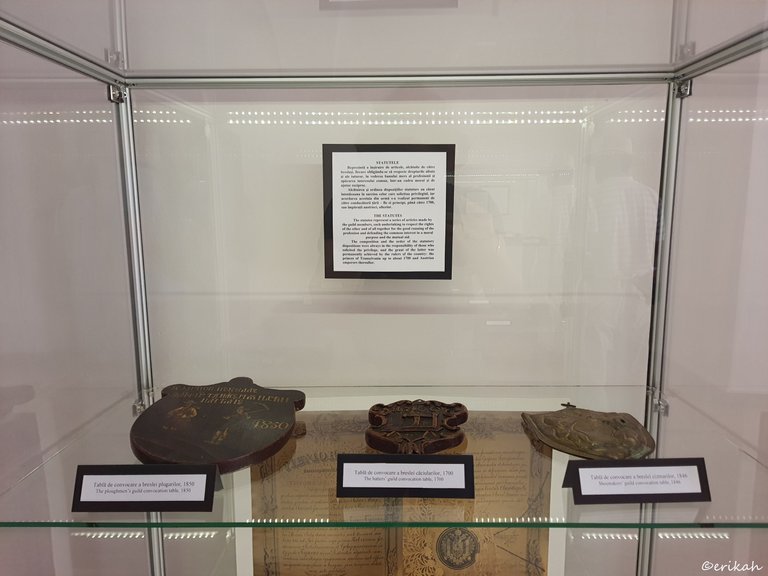
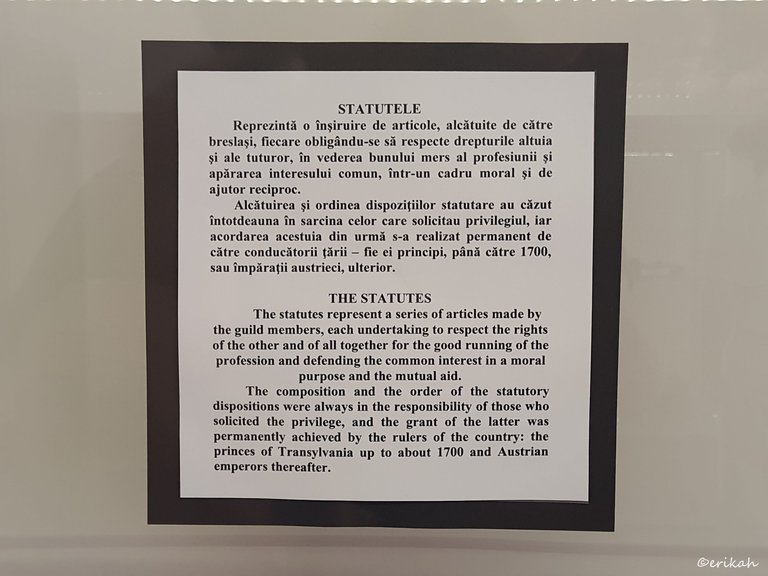
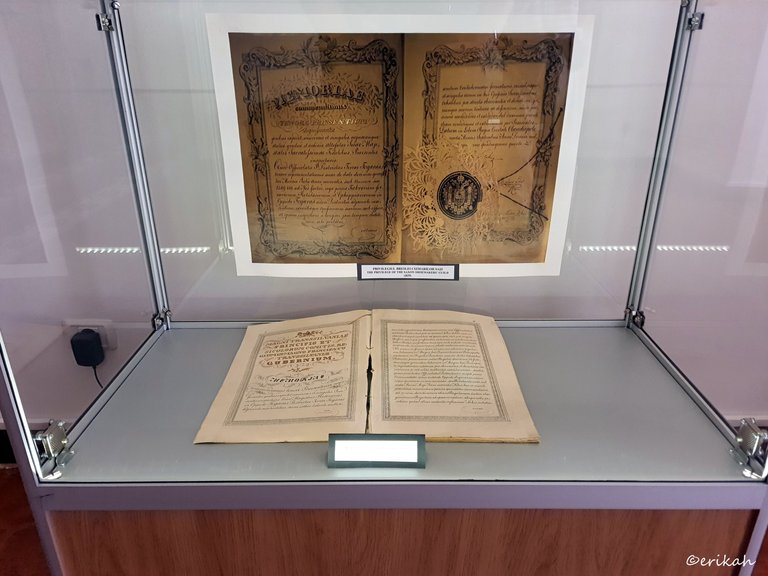
What you see here is the rope makers' guild statute, from 1839. Imagine guild members needed to learn the statute and act accordingly. It is written in Latin.
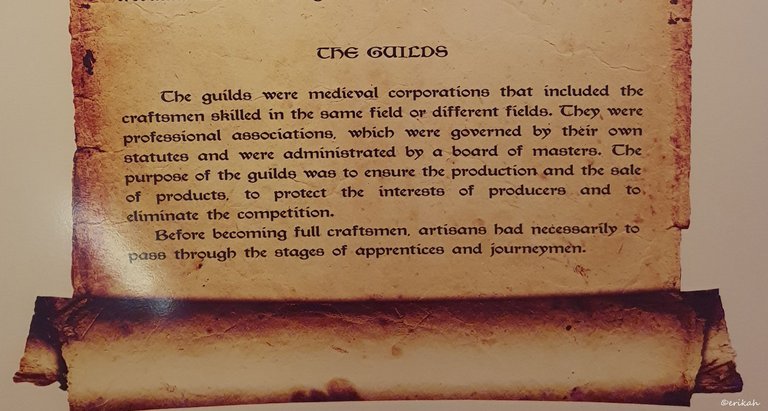
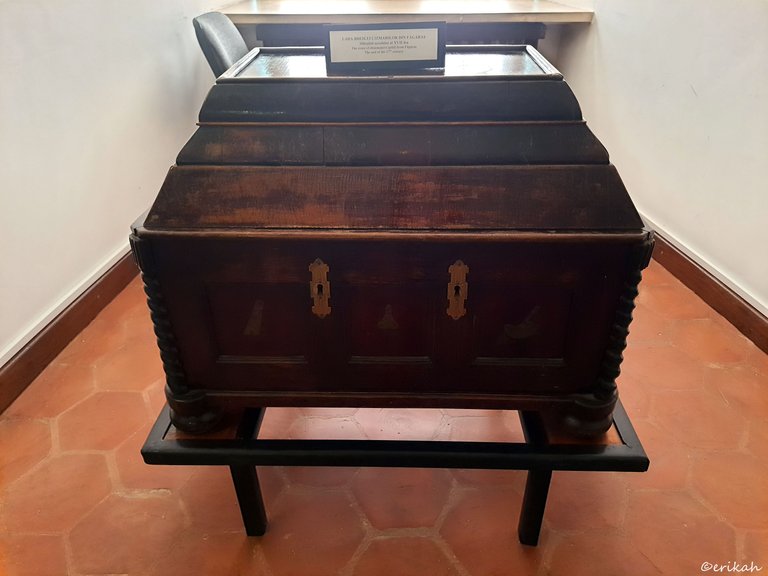
Today we have safety deposit boxes and safes at home. Back then each guild had their own crate, in which they kept their valuables. The one above belonged to the shoemakers' guild and it is from the end of the 17th century.
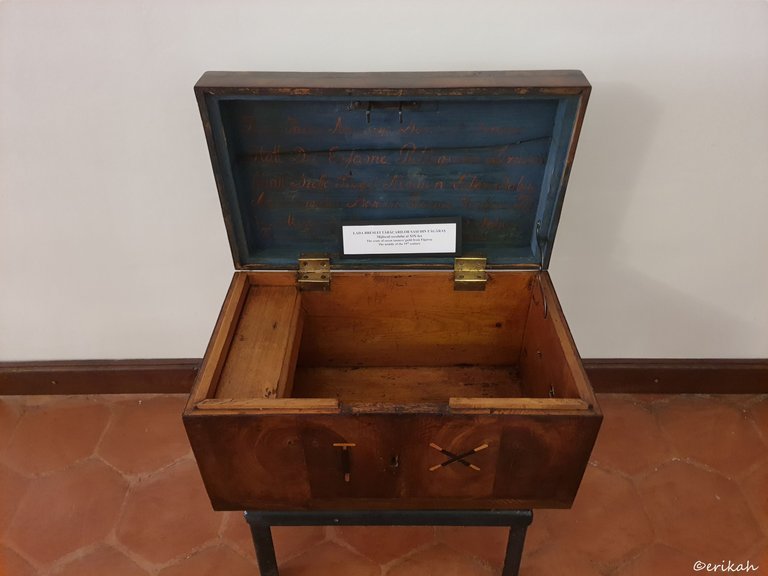
This crate was the property of the Saxon tanners' guild from Fagaraș, from the middle of the 19th century.
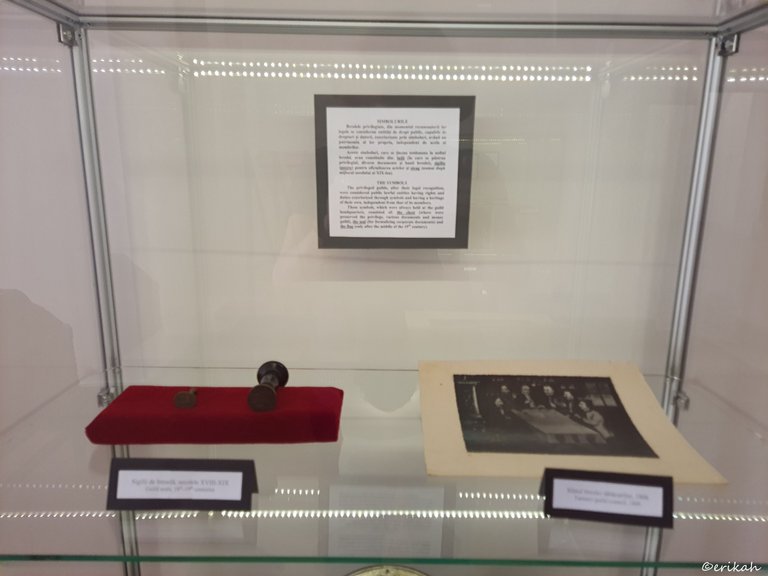
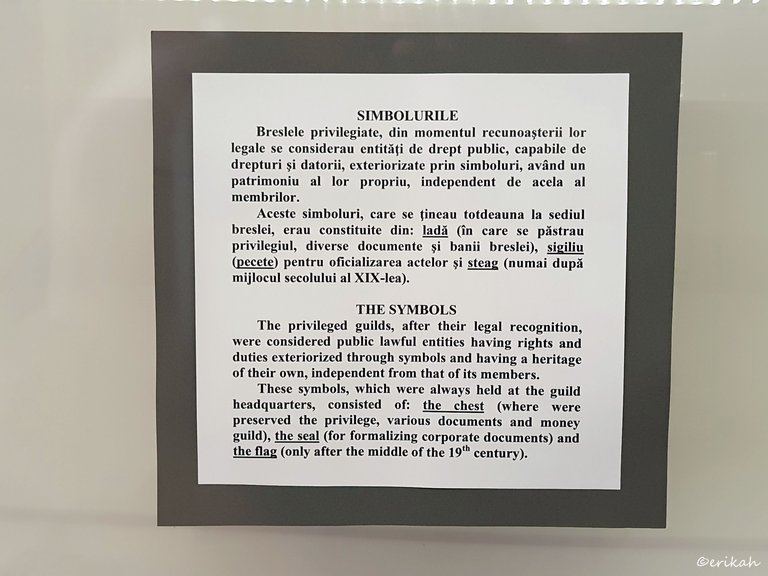
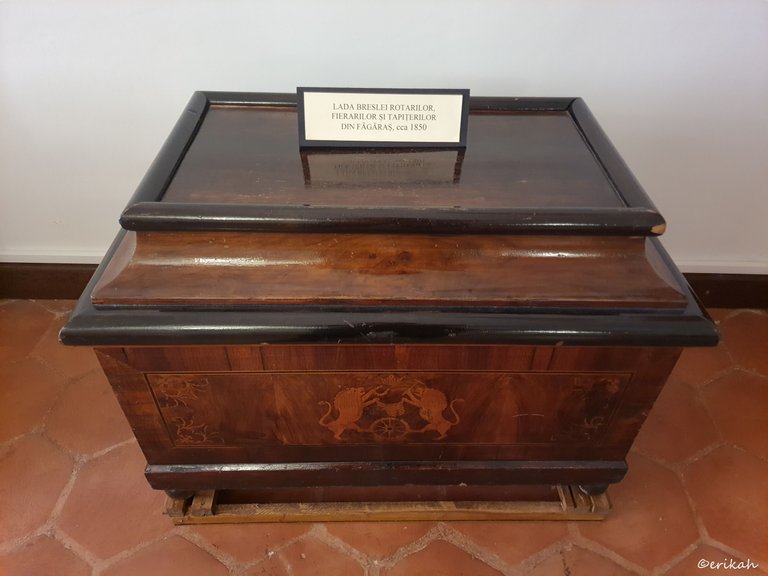
The chest of the spinners, blacksmiths and upholsterers guild from around 1850. Looks like they had a shared chest, which seems pretty strange to me.
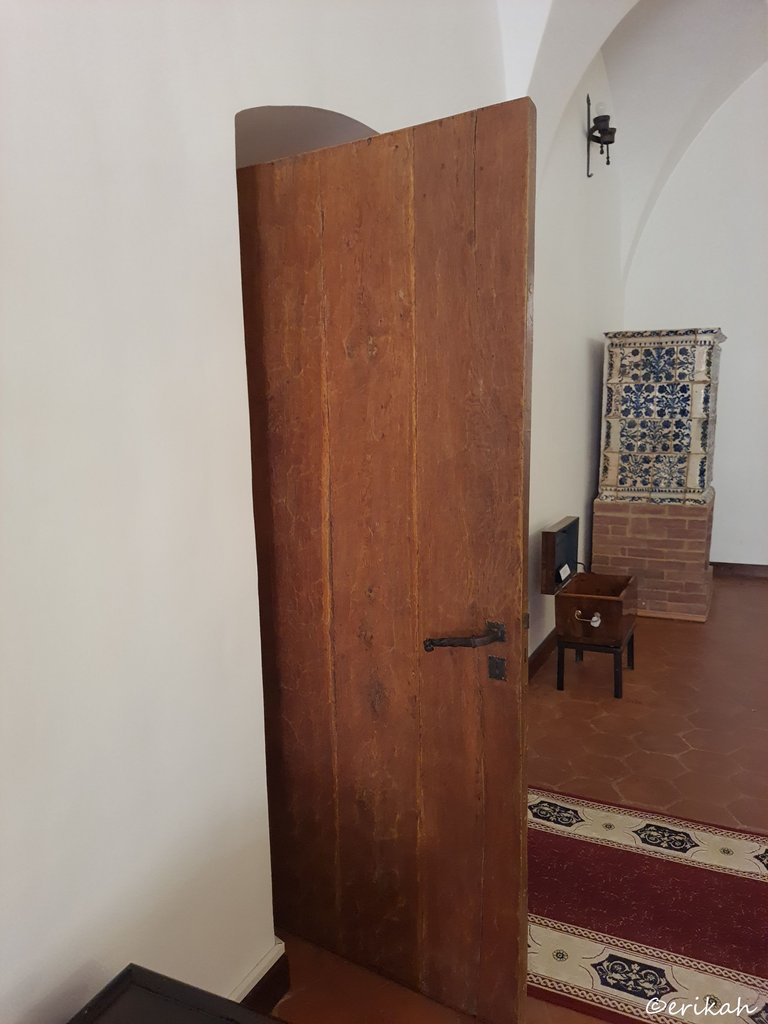
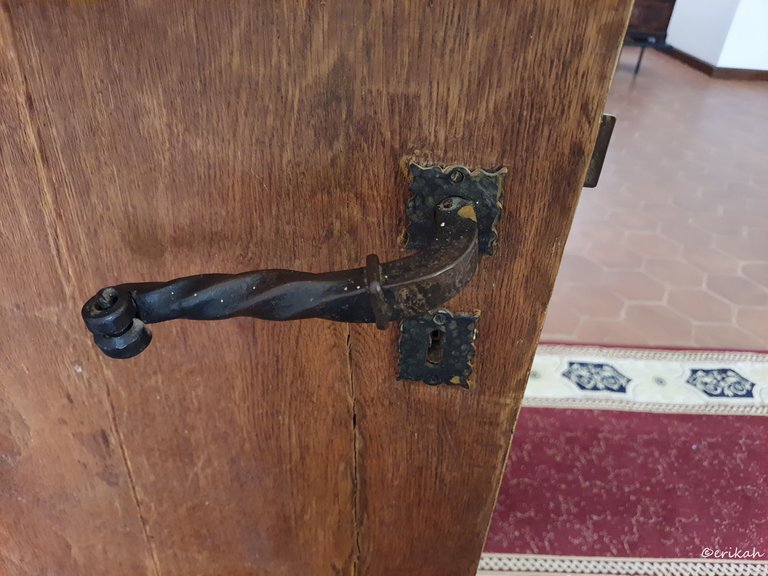
I took a photo of the door and the door handle. It's impossible to know how old the door really is, but the door handle looks authentic to me.
This was the section dedicated to times before the first world war. If you're interested in learning about the war period and other interesting artifacts, stay tuned for my upcoming posts.
My previous posts about the citadel:

If you're a newbie, you may want to check out these guides:
- Communities Explained - Newbie Guide
- Cross Posting And Reposting Explained, Using PeakD
- Hive Is Not For Me
- How To Pump Your Reputation Fast - Newbie Guide
- Tips And Tricks & Useful Hive Tools For Newbies
- More Useful Tools On Hive - Newbie Guide
- Community List And Why It Is Important To Post In The Right Community
- Witnesses And Proposals Explained - Newbie Guide
- To Stake, Or Not To Stake - Newbie Guide
- Tags And Tagging - Newbie Guide
- Newbie Expectations And Reality



